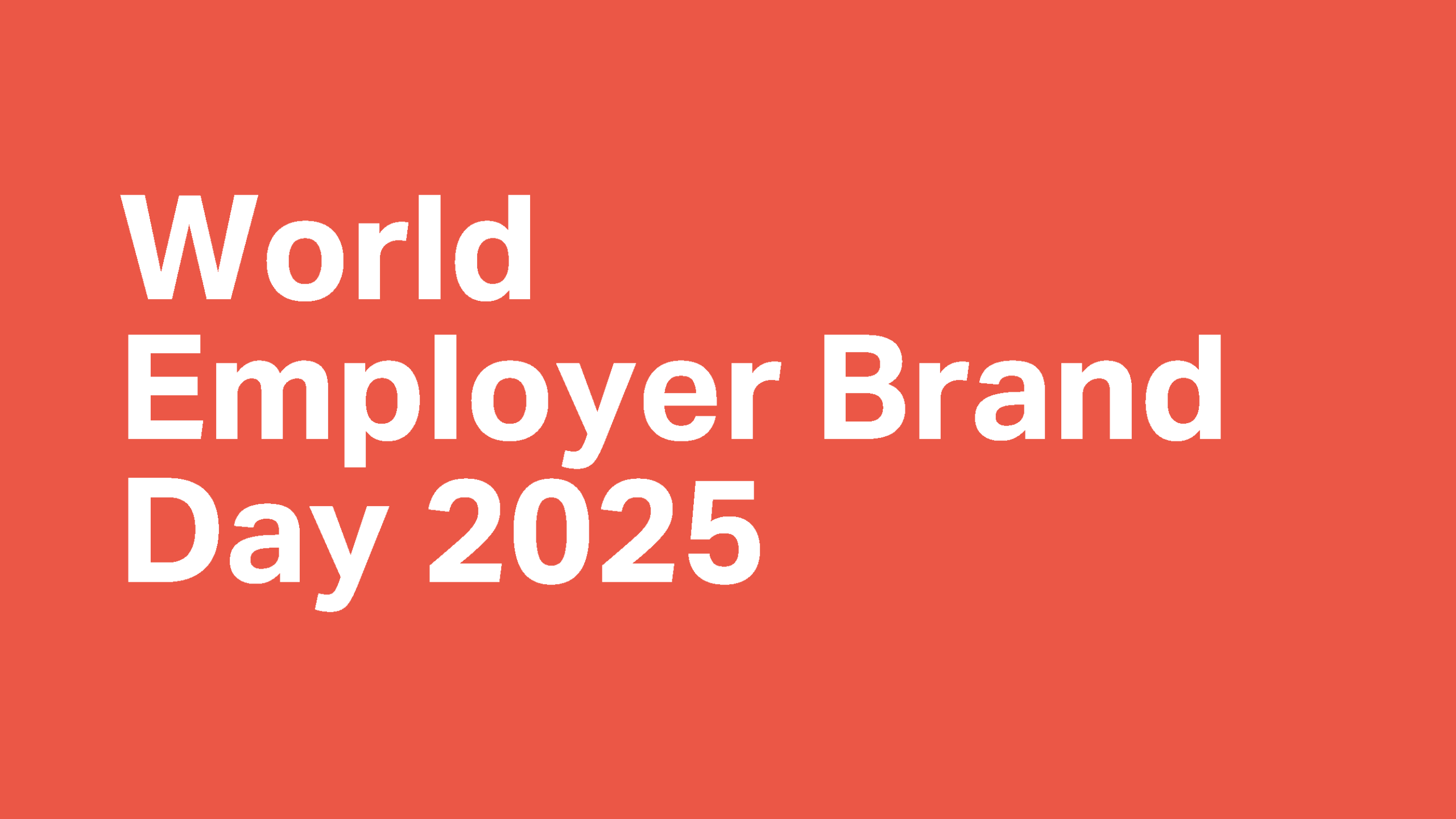The cost of inconsistency – an employee engagement perspective

Brands that value consistency drive salience, clarity of positioning and a clear sense of relevance in the marketplace. And from an employee engagement perspective, when it comes to consistency, the same applies to people.
Consistent communication styles help create better relationships at work and cultures people actually feel day to day.
The upside of getting this right? High levels of job satisfaction, improved performance, lower turnover and absence, and a healthier, happier workforce.
Get this wrong? Just look around, the effects are easy to spot.
Bad management: the scientific truth
In 2016, researchers at UCL published some striking findings. They ran an experiment measuring stress and anxiety across three groups. Each group was exposed to different probabilities of experiencing a painful stimulus.
- The first group was told they had a 0% chance – they would not experience pain.
- The second group was told there was a 50% chance.
- The third group was told with certainty – a 100% chance that they would experience the painful stimulus.
You’d expect their experience to match the likelihood of pain.
But that didn’t happen. Interestingly, the middle group’s anxiety and uncertainty made their experience far worse than either of the other groups. Yes, even the one that knew from the start things would go badly.
This experiment sprung to mind when I came across similar findings from social psychologist Julianne Holt-Lunstad and Bert Uchino (2019).
They identified that the most damaging relationships in our lives are not usually the relationships which are fully negative (or aversive as they describe).
In fact, the most harmful relationships, even down to effects on stem cell development, seem to be the ones we call ambivalent.
Ambivalent relationships: defined as those which involve both notably positive and notably negative interactions. These relationships create a sense of uncertainty and, depending on the context, dread, discomfort, and amplified stress.
This matters.
It matters in our personal lives. It matters at work, where we have less choice over our relationships, but should be supported by structures and culture that define acceptable behaviour.
The real impact of ambivalence on employee engagement
As with the 2016 UCL study, employees whose managerial or co-worker relationships oscillate between extreme warmth and blunt frustration, are likely to withdraw. They’re less likely to seek advice in times of uncertainty. And, less likely to communicate when struggling and less likely to trust those connections.
Hardly conducive to business interests.
Furthermore, it impacts on the individual who’ll experience more stress, anxiety and higher vigilance throughout their day-to-day operations. This is not beneficial for a healthy workplace experience, let alone a productive employee.
And here’s the kicker – people talk.

Employees talk. As a result, any individual with an ability to empathise suddenly becomes impacted by such ambivalent connections, without having had direct exposure themselves.
Like ripples in a pond, the cultural impact within an organisation spreads. When an organisation (be it through formal structures or informal structures) allows this to spread and continue, it legitimises the behaviour and erodes the fabric of trust and safety so often desired by workplace engagement programmes.
To some, it’ll mean they can also behave in a similar manner, amplifying the number of stones thrown into the workplace pond.
To others, they simply accept that their workplace fosters a culture where this behaviour is condoned.
And that’s hardly a place of strength from which to recruit, retain and engage.
So what can be done?
The answer to this lies in 2 parts:
- what can we as individuals do
- what can we as organisational leaders do
Individual actions
As individuals, it becomes key that we first identify which connections we might be contributing negatively to.
Awareness is key, be it through honest self-reflection or seeking and listening to 360 feedback with a desire to improve, not defend.
Following this, we want to understand what is going on. In which contexts or with which people do we have this kind of connection.
Why is that?
A third step is to take ownership and adopt some accountability, either holding ourselves to account or inviting others to help us grow. We’re all people. Nobody is perfect.
We have good and bad days, such is the beauty of subjective experience and reality of life. Yet recognising that those oscillations in our experience can cause detrimental effects on others is important for us to own, and navigate in a more constructive manner.
Fourthly, we have to care. To care enough about the people we impact. To care enough about the organisation. And to care enough about ourselves to want to be better and to be known as a positive influence on others.
Finally, we need to act. The precise course of action here depends much on the understanding part of the journey. Only when we understand with whom, when and why can we look for ways to better handle those scenarios.
Leadership’s role in shaping culture
As organisational leaders, we similarly need awareness and understanding of what’s going on and which intra-workforce connections are damaging the business and its workforce. The organisation similarly needs to be accountable for the culture it nurtures, while holding all employees and internal stakeholders to account for their behaviour.
We saw Astronomer recently respond to the CEO and HR director copping off at a Coldplay gig by cordially but professionally terminating their contracts. A line was crossed. That it was the CEO was irrelevant – standards are standards.

To not act would have sent a far more detrimental message to its workforce. For this to happen, organisational leaders need to care, for which there can be a multitude of motivations, from the financially-focused to moral obligation.
Consistency in employee engagement matters more than perks
As former mentor, John Amaechi, says in The Promises of Giants – “Culture is defined by the worst behaviour tolerated, not the perks we enjoy.”
And that’s why inconsistency – both in how we show up as individuals and contribute to a wider organisational culture – can prove so costly.




